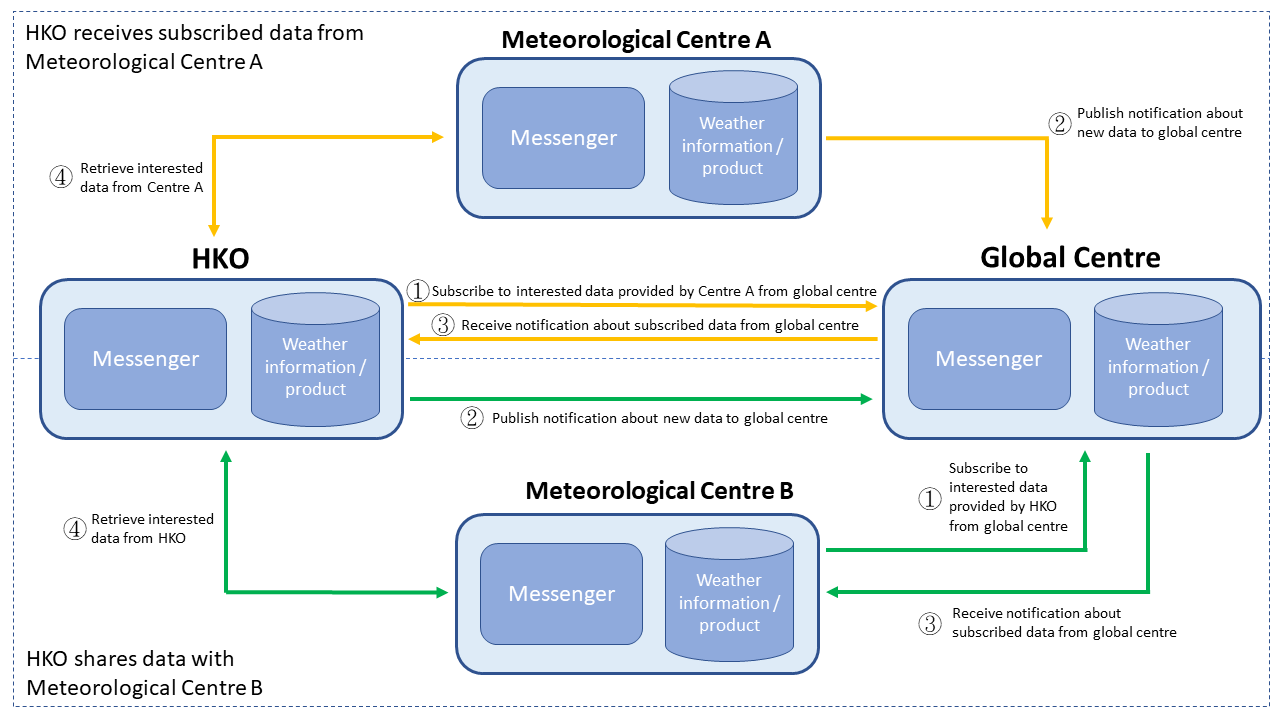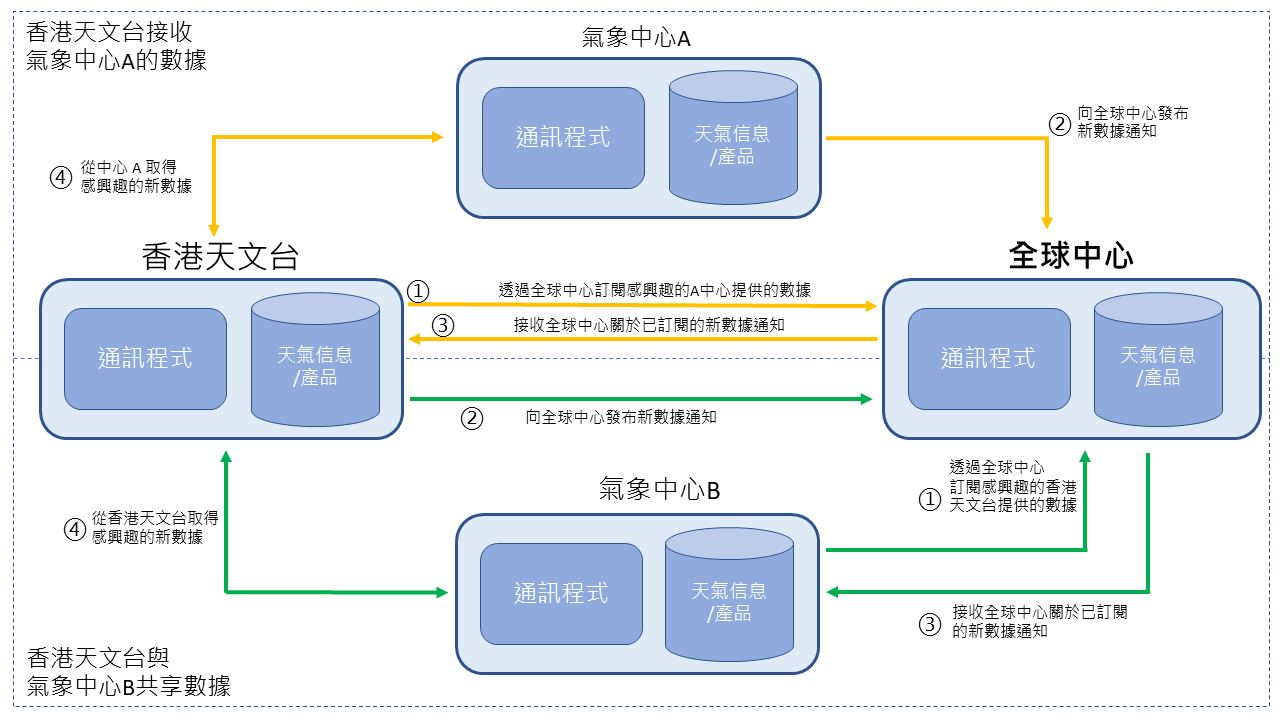WMO Information System 2.0 (WIS 2.0)
WIS 2.0 - World Meteorological Organization WMO
- WMO | WIS2 Overview (Recommendation)
- WMO | WMO Information System (WIS) v2
- WMO | wis2 implementation
- WMO | WIS 2.0 Demonstration Projects
- Japan | Introduction to WIS2 (JMA WIS – Workshop 11.2023) (Recommendation)
- ECMWF | WIS 2.0: WMO data sharing in the 21st century
- CMA | Congress acclaims WMO Information System as basis for data sharing

The WMO Information System 2.0 (WIS 2.0) is the framework for WMO data sharing in the 21st century for all WMO domains and disciplines. It supports the WMO Unified Data policy, the Global Basic Observing Network (GBON) and makes international, regional, and national data sharing simple, effective, and inexpensive. The idea that no Member should be left behind and the objective of lowering the barrier to adoption has been at the core of WIS 2.0 development. These objectives inspire the principles underpinning the WIS 2.0 technical framework, such as adopting open standards and Web technologies to facilitate sharing of increasing variety and volume of real-time data.

- WMO Information System 2.0(WIS 2.0), which is the framework for Earth Systems (meteorological, hydrological, climate and ocean) data sharing in the 21st century. It is based on the principle that no Member should be left behind.
- The WIS 2.0 pilot phase started in the December 2022 and is scheduled for completion by the end of 2023. WIS 2.0 supports theWMO Unified Data policy, theGlobal Basic Observing Network (GBON)and makes international, regional, and national data sharing simple, effective, and inexpensive.
- Training and capacity-building workshops are accompanying the rollout of WIS 2.0. Its new data-sharing infrastructure will gradually replace the Global Telecommunication System (GTS).
- The users of WIS 2.0 will be able to access data in real-time by subscribing to a Global Broker and receiving notifications when new data are available for download from a Global Cache or from the data provider. They will also be able to access data directly through Web APIs (application programming interfaces), connecting their software (or their browser) and processing or visualising data of their interest.
- WMO has developed the open-source software “WIS2 in a box” to support Least Developed Countries and Small Island Developing States in implementing WIS 2.0.
WIS 2.0 in a box
WMO | WMO INFORMATION SYSTEM (WIS) 2.0 IN A BOX
The WIS2-in-a-box project was started in November 2021 to provide a system to share data using the WIS2 framework.
The WIS2box-software is implemented such as to offer the flexibility of being deployed both on private/public cloud or on-premises systems. The main features are:
- based on existing open-source software widely used in the operations of some WMO Members.
- allows Members to share data internationally and nationally using message queuing protocols (MQP) and Web services in compliance with WIS2 technical regulations
- provides Web APIs complying with Open Geospatial Consortium (OGC) standards, making access to data extremely easy from all common languages (Python, R, ...) and many open-source and proprietary programs (Excel).
Demonstration instances of WIS2-in-a-box can be viewed at https://demo.wis2box.wis.wmo.int.
Hosting your own WIS2-in-a-box
- The WIS2-in-box user guide, detailing how to setup your own WIS2 box, is available here: https://docs.wis2box.wis.wmo.int
Example
WIS2 in a box is a reference implementation of a WMO WIS2 Node
- Many countries
- CMA
- Republic of Korea
- Poland
HKO-CMA-WIS 2.0
The Hong Kong Observatory (HKO) has recently set up a WIS 2.0 system on a public cloud and interfaced with the WIS 2.0 system operated by the China Meteorological Administration (CMA). Collaboration and partnership with CMA to develop and implement WIS 2.0 was underway.
- A conceptual diagram of information publish and subscribe under the framework of WIS 2.0.


Building the WIS 2.0 global weather cache on AWS
The World Meteorological Organization (WMO) wants to build and modernize a global weather framework with WMO Information Systems (WIS) 2.0 to enable and democratize unified access to critical, up-to-date weather data across the world. Currently, lack of observations, easy access to data, computing power, human and capital resources, capacity, and budget hinders accurate and timely forecasts

WIS 2.0 data viewed in the WIS 2.0 in a box application. The map below shows US weather data observation locations in a map along with an observation location’s weather data.
